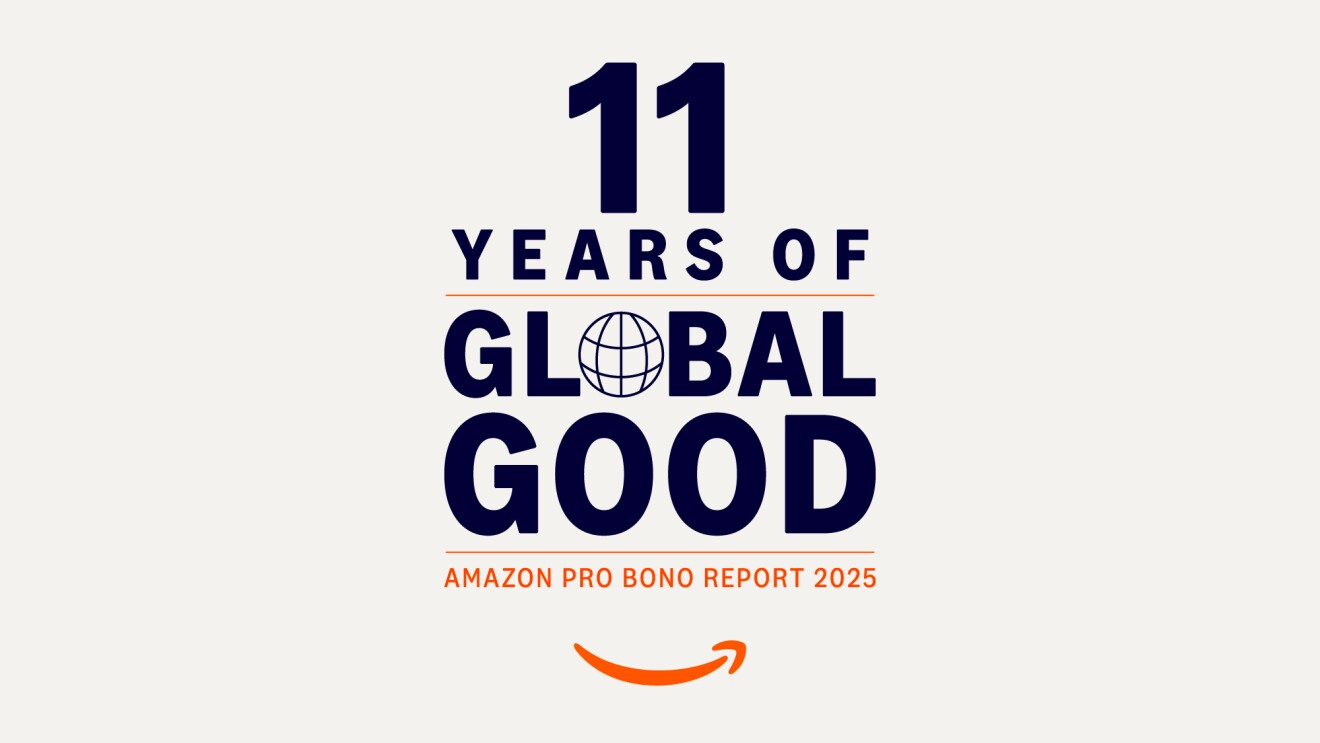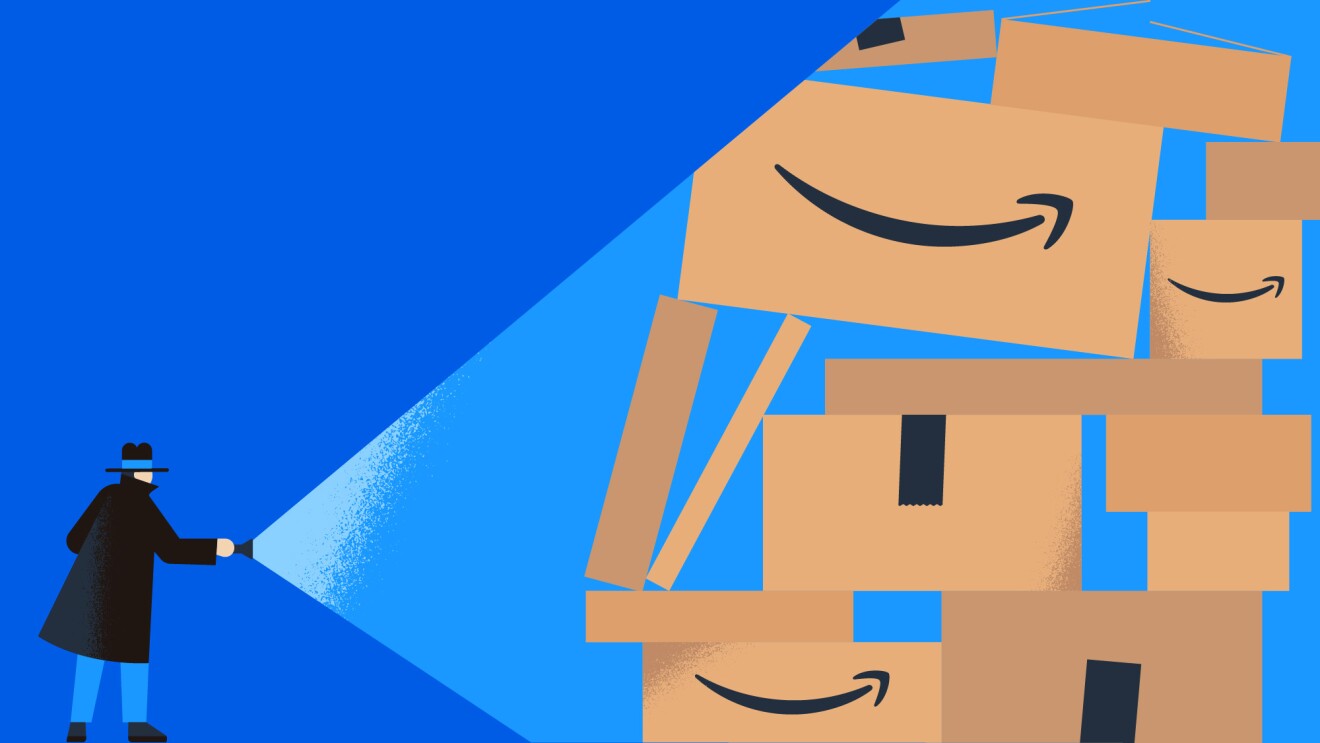Over the last several years, we’ve engaged cooperatively with the U.S. Federal Trade Commission (FTC) during a broad-ranging investigation of our business. It was our hope the agency would recognize that Amazon’s innovations and customer-centric focus have benefited American consumers through low prices and increased competition in the already competitive retail industry.
We respect the role the FTC has historically played in protecting consumers and promoting competition. Unfortunately, it appears the current FTC is radically departing from that approach, filing a misguided lawsuit against Amazon that would, if successful, force Amazon to engage in practices that actually harm consumers and the many businesses that sell in our store—such as having to feature higher prices, offer slower or less reliable Prime shipping, and make Prime more expensive and less convenient.
The FTC’s complaint alleges that our pricing practices, our Fulfillment by Amazon offering, and Amazon Prime are anticompetitive. In so doing, the lawsuit reveals the Commission’s fundamental misunderstanding of retail.
In order to demonstrate how the Commission’s case could negatively impact consumers and the businesses that sell in our store, we think it’s important to address some key areas of the FTC’s complaint and explain how Amazon’s procompetitive model actually works.
Bringing low prices to customers
We’re proud of the low prices customers find when shopping in our store—we know customers have many options, and that competitive prices are essential if we want customers to choose us. We’ve also enabled third-party businesses to sell their products right alongside the products we sell ourselves, which provides opportunities for those businesses and an even better experience for customers. When setting prices for the products we sell ourselves, we try to match other retailers’ low prices—online and offline. All of the other businesses that sell in our store set their prices independently, but to help them increase sales and make our store more attractive to customers, we also invest in tools and education to help them offer competitive prices. Other retailers also use similar tools and practices to highlight competitive offers and provide customers value in their stores.
Even with those tools, some of the businesses selling on Amazon might still choose to set prices that aren’t competitive. Just like any store owner who wouldn’t want to promote a bad deal to their customers, we don’t highlight or promote offers that are not competitively priced. It’s part of our commitment to featuring low prices to earn and maintain customer trust, which we believe is the right decision for both consumers and sellers in the long run.
The FTC’s case alleges that our practice of only highlighting competitively priced offers and our practice of matching low prices offered by other retailers somehow lead to higher prices. But that’s not how competition works. The FTC has it backwards and if they were successful in this lawsuit, the result would be anticompetitive and anti-consumer because we’d have to stop many of the things we do to offer and highlight low prices—a perverse result that would be directly opposed to the goals of antitrust law.
The many ways we work to help independent sellers succeed, including Fulfillment by Amazon
We’re fortunate to have incredible businesses selling in our store. There are about 500,000 independent businesses of all sizes in the United States who choose to sell on Amazon, and these businesses have created 1.5 million U.S. jobs. We want them to succeed, we work hard to help them do so, and we’re very proud of their success.
Amazon’s store didn’t initially include third-party sellers. Early on, Amazon followed a well-worn retail path: we purchased products in bulk from brands and distributors, then we sold them directly to customers. In 1999, we began to build on that foundation. To provide customers with an even better experience and greater selection, we invited independent, third-party sellers into our store. Our initial attempts, including having different sections on our website for independent sellers, failed to resonate with customers—they were too confusing or required customers to do too much work to find the best offer. Believing that customers wanted a simple experience, we invited independent sellers to sell right alongside products sold by Amazon. And we even took it a step further—if more than one seller offered the same product (whether or not one of those sellers was Amazon), we listed those offers on the same product page. This single product page included key information about the product and the available offers to choose from, such as the names of the sellers, offer prices, and delivery options. By listing all offers together, customers could easily compare all of the available options for a single product and select the one that was most appealing to them.
In the two decades since we took the procompetitive step of opening our store to other businesses and inviting them to sell alongside us, sellers have gone from 0% to over 60% of sales on Amazon.
This result is not by accident. Amazon is a trusted partner for millions of sellers worldwide because we provide the most effective set of services for creating thriving, successful businesses. We have invested billions of dollars in people, resources, and services to support sellers at every stage of their journey. We regularly provide them with new data and insights about selling on Amazon, the capability to tailor products and listings to customer needs, and recommendations and advice to help grow their businesses. We also offer features that help sellers create and manage product listings, track sales, fulfill orders, respond to customers, and more.
One of the most helpful services we provide to sellers is Fulfillment by Amazon (FBA). This is an optional service for sellers where we’ll handle product storage, packaging, shipping, returns, and customer service—letting them focus on growing their businesses. FBA was made possible by years of investment to build a logistics network that could reliably get packages to customers quickly and handle customer service issues when they arose. As we built this network for ourselves, we decided to offer it to independent sellers to provide them a fast, reliable, and cost-effective option for serving customers. This is a big benefit for independent businesses and, in building it, we’ve created over a million jobs and made .
FBA is a best-in-class, very competitively-priced service that’s offered to businesses selling in our store at very competitive prices. Sellers can choose to use their own fulfillment options as they see fit, and many do, or they can use the option we’ve developed. Many of them choose FBA because Amazon takes care of so much of the heavy lifting of logistics (e.g., storage, picking, packing, shipping, etc.) while also offering fulfillment fees that are an average of 30% less expensive than standard-shipping methods offered by other major third-party logistics providers, and an average of 70% less expensive than comparable two-day shipping alternatives.
Another optional service we provide to sellers is advertising. Like with logistics services, sellers have many choices for how to advertise their products. But sellers often choose our services because they provide better value than the alternatives—helping them grow their businesses and serve more customers.
The FTC’s allegation that we somehow force sellers to use our optional services is simply not true. Sellers have choices, and many succeed in our store using other logistics services or choosing not to advertise with us. We also enable sellers to use the trusted Prime badge when other logistics services are able to meet our Prime customers’ high expectations for fast, reliable delivery. When sellers have multiple options and can choose the right fit for them, the result is increased competition for those services, better prices, and a better experience for both sellers and the customers we all serve.
Innovating to make Amazon Prime a great deal for customers
Invention is core to Amazon’s DNA. Our innovations are often driven by our obsession with delighting customers, and we invent things customers may not even be asking for yet. For example, Amazon Prime started as a free shipping program, but has since become a lot more—even though customers already loved it. That’s because, as Amazon founder Jeff Bezos noted in his 2017 Letter to Shareholders, customers are “divinely discontent.” With customers, “yesterday’s ‘wow’ quickly becomes today’s ‘ordinary’,” so we know we have to keep innovating to keep customers happy.
Prime has been successful because we continue to invest in making it better and better for customers. For example, we hit our fastest Prime speeds ever last quarter. Across the top 60 largest U.S. metro areas, more than half of Prime member orders arrived the same or next day.
We also recently launched the ability for sellers to offer Prime shipping on their own direct-to-consumer sites via Buy with Prime, and many sellers have already signed up. Early results show sellers who add Prime on their own site as an additional option for customers increase their sales—a clear demonstration of the value to consumers and sellers, even outside of the Amazon store.
Our customers love Prime because it’s such a great experience—which makes it hard to understand why the FTC attempts to paint the value of Prime as somehow anticompetitive. Antitrust laws encourage companies to compete vigorously by offering the best deals they can for consumers. We’ve done that with Prime. This has been good for competition, consumers, and sellers in our store, and we’ll vigorously oppose any attempt to degrade or destroy Prime.
Amazon operates in a thriving retail industry that is dynamic, vibrant, and varied
The FTC’s complaint grossly mischaracterizes the retail industry and the dynamic competition that consumers benefit from every day. Consumers today still buy over 80% of all retail products in physical stores. And as any shopper knows, you can buy the same products at any number of different retailers that compete vigorously with each other, including brick-and-mortar stores, online stores, and quickly growing hybrid models like buy-online-pick-up-in-store. This multitude of options gives customers the ready ability to shop around for the best deal. All of that competition leads to low margins for retailers, but lots of options for sellers to sell their products and better prices for customers wherever they choose to buy.
The FTC pretends that this everyday retail competition doesn’t exist. But its attempt to gerrymander alleged markets into narrow subsets of retailers (who in reality compete with other retailers on the same products) can’t make Amazon into something it is not. Amazon may not be the small business it once was, but we’re still just a piece of a massive and robust retail market with numerous options for consumers and sellers.
Maintaining the benefits of Amazon’s store for consumers and sellers
We’re proud of the ways we’ve helped to spur low prices, innovation, and competition across retail, and we intend to keep doing that for years to come. We fundamentally disagree with the FTC’s allegations—which are in many cases wrong or misleading—and with their overreaching and misguided approach to antitrust, which would harm consumers, hurt independent businesses, and upend long-standing and well-considered doctrines. We will contest this lawsuit, and we will also continue inventing to put our customers—both consumers and the businesses that sell in our store—first.
Trending stories
- Statement from Amazon on FTC agreement
- Fulfillment by Amazon: How improving delivery fueled independent seller growth and success
- Amazon’s Buy with Prime is helping merchants increase sales and gain new customers
- Amazon launches Amazon Hub Delivery to empower local businesses across the U.S.—here’s how it works








